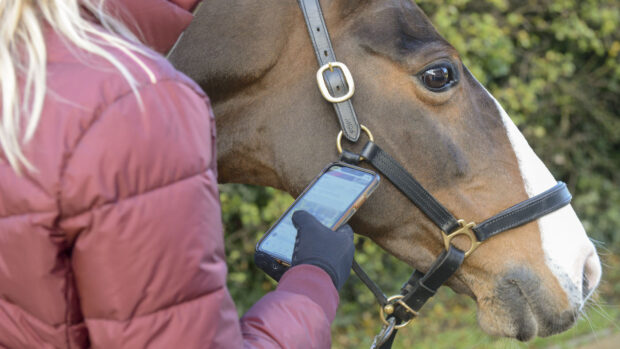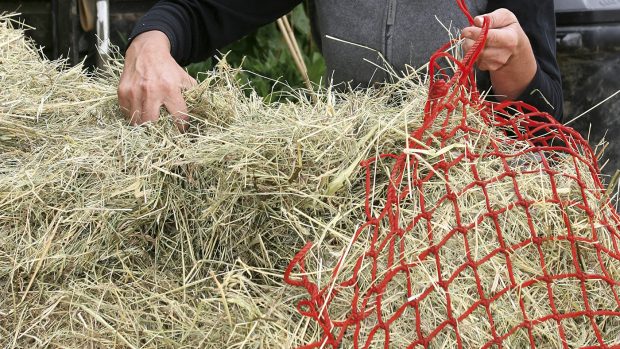Spillers' equine nutritionist Clare Barfoot provides one H&H forum user with some helpful advice on the best way to feed hay
Q: “Haybar, haynet or feeding from the floor? I have an older horse and have previously used haynets — I would love to feed from the floor but he drags it into his bed and pees on it, so it’s not ideal. My dad made me a haybar which is brilliant and ideal for him. I changed due to the vet saying that haynets can cause wear or loosening in the teeth in older horses. He lost his first two molars this year, aged 26. Which would you recommend as the best way to feed hay and why? Are there pros and cons to all of these hay feeding methods?”
A: Forage should be the foundation of every horse’s diet so making sure you provide enough to help keep your horse happy and healthy should be your first priority.
Unless you have a horse or pony that is overweight, feeding ad lib is the ideal or at a minimum of 15g (dry matter)/kg/bodyweight per day which as a guide is approximately 9kg of hay for a 500kg horse.
How you feed forage is really down to your individual horse and the situation in which you manage them. In an ideal world it is best to feed hay or haylage from the ground and there are several reasons for this; fundamentally this is most natural foraging position — in the wild you don’t see many haynets tied to trees!
Continued below…
Related articles:
- H&H forum: find out what H&H readers suggested
- Find out how to feed to compensate for nutritionally poor hay
- Read more expert advice on feeding hay
Then there are other considerations such as the grinding action of the teeth is more complete when a horse’s head is lowered and the jaw less restricted which may reduce the risk of choke and help the grinding surface of the teeth wear more evenly; airborne spores are also less likely to enter the nasal cavity if the head is lower and seeds and debris are less likely to end up in the eyes.
However, if you have a wasteful, messy horse, feeding forage from the ground may not be practical in these cases haynets or a haybar are ideal solutions.
Haybars are potentially safer than haynets as horses are less likely to get caught up in them, the horse’s head is also in a more natural position especially as the hay is eaten down and there is less force on the teeth as less pressure is applied compared to pulling hay from a haynet.
Continued below…
Haynets do have the advantage of slowing eating time down though, which is particularly useful if you are having to restrict forage intake in overweight horses and ponies. Using double netted haylage nets slows horses down most effectively but triple netting can lead to some frustration so should be avoided.
One consideration with feeding a forage-based diet is that it is very unlikely to be balanced and therefore should be fed alongside a suitable balancer such as SPILLERS Daily Balancer that has been especially formulated to balance UK forage.
For more information on feeding to support weight gain call the SPILLERS Care-Line on 01908 226626.




